Top Seasonal Pest Control Tips for Texas Residents
Spring Pest Prevention
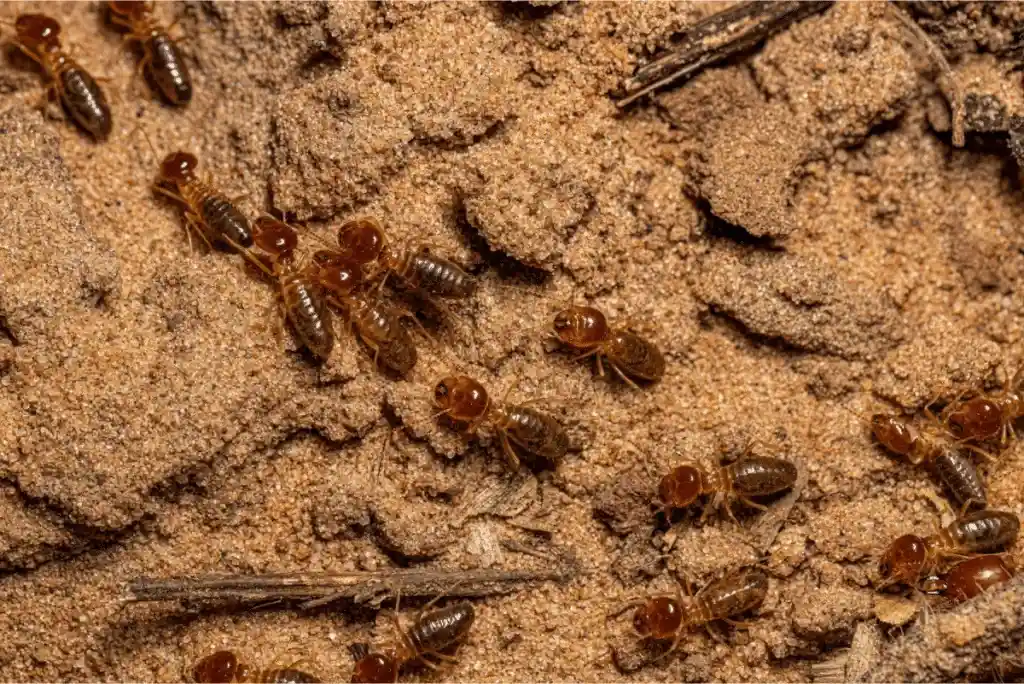
Ant Management
Spring brings out fire ants and carpenter ants. These ants can get into your home in search of food and water. To keep them out, seal entry points around your house and store food in airtight containers. For outdoor areas, use bait treatments that ants carry back to their colonies and eliminate their population with.
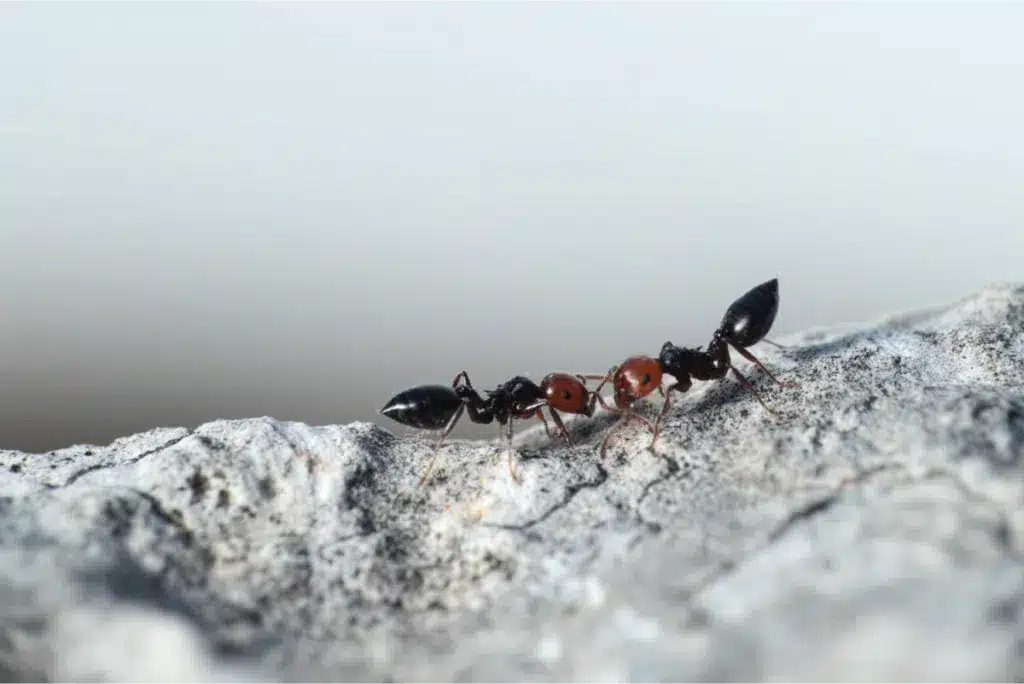
Mosquito Reduction
With increased rainfall, spring creates breeding conditions for mosquitoes. Mosquitoes can be very annoying & transmit diseases. To reduce mosquito populations around your home, get rid of standing water in places like flower pots, gutters, and birdbaths. You can also use fans on your patio because mosquitoes are weak flyers and struggle against air currents.
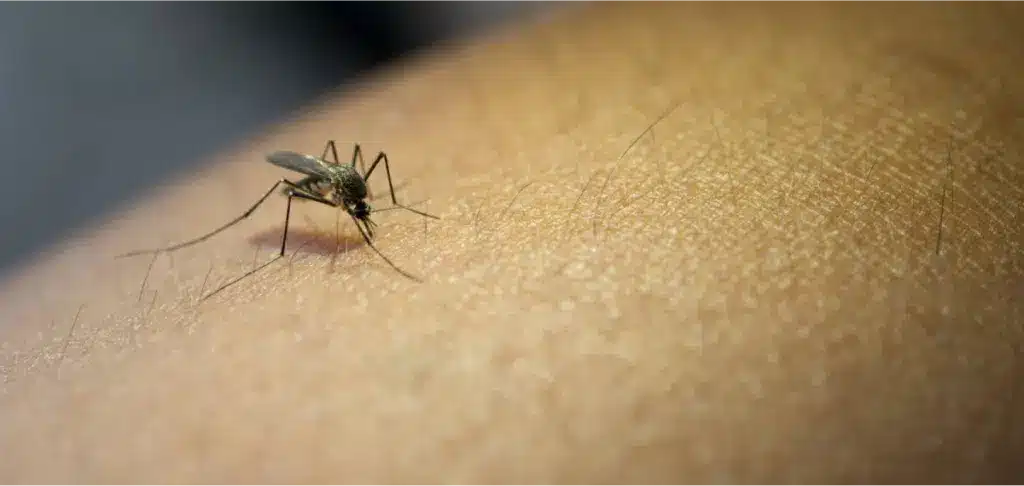
Summer Pest Management
Cockroach Prevention
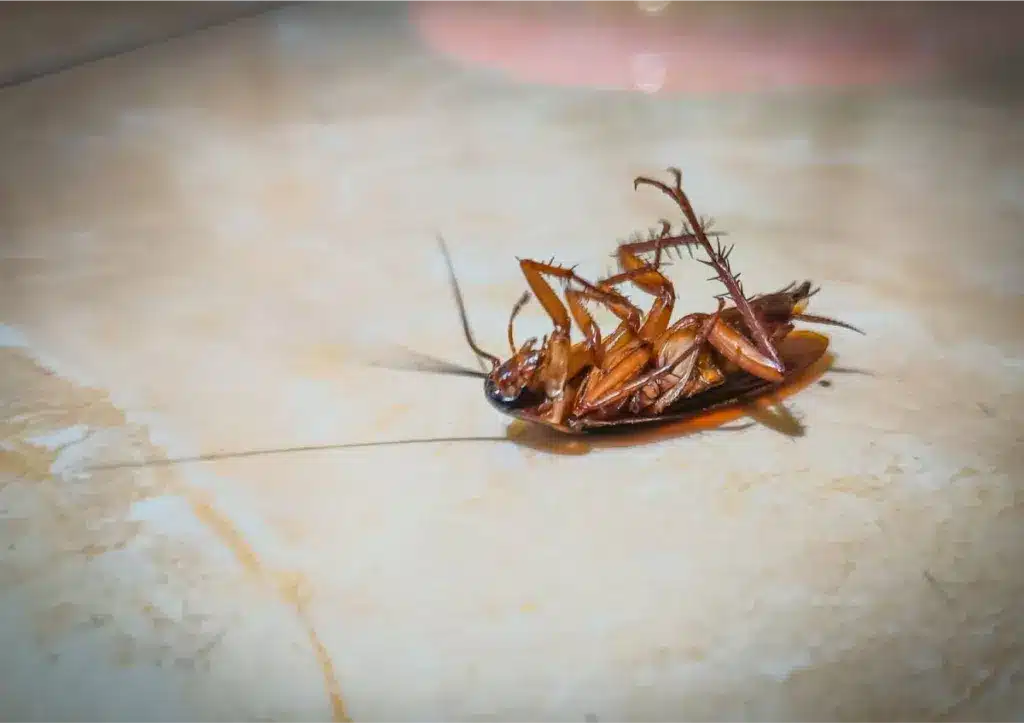
Flea Control
Fleas can be a pain for both pets and humans. To protect your home, vacuum often and pay special attention to areas where pets spend time. Wash pet bedding in hot water when you can. Consider using flea traps in your home to catch any stragglers.
Wasp Deterrence
Wasps become more active in summer as they search for food. To prevent them from nesting near your home, regularly check for nests in eaves, attics, and other sheltered areas. If you find a nest, it’s best to contact a professional for safe removal. You can also use natural repellents like peppermint oil or lemongrass in areas where wasps are likely to build nests.
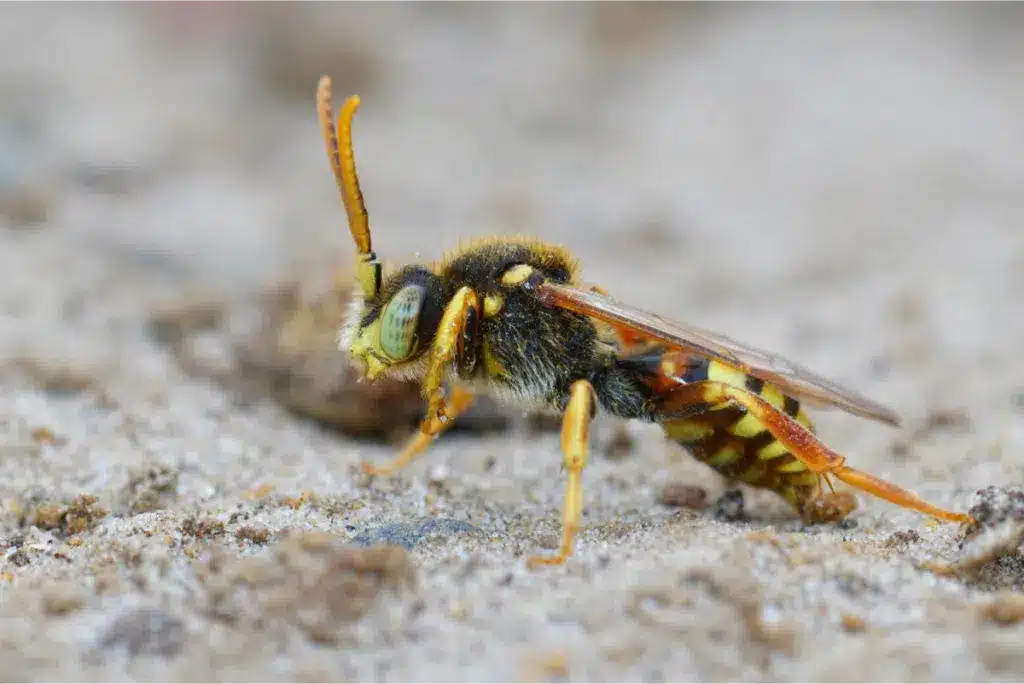
Fall Pest Control
Rodent Proofing
Mice and rats become more aggressive in their search for food and shelter during fall. To keep them out, walk around your home’s exterior and look for gaps or cracks. Even openings as small as 1/16 to 1/4 inch can let mice in. Use caulking glue to seal small gaps, and cement sealer for larger ones that rodents might chew through. For openings around chimneys, attic vents, or dryer vents, cover them with metal mesh wiring to maintain circulation while blocking entry.
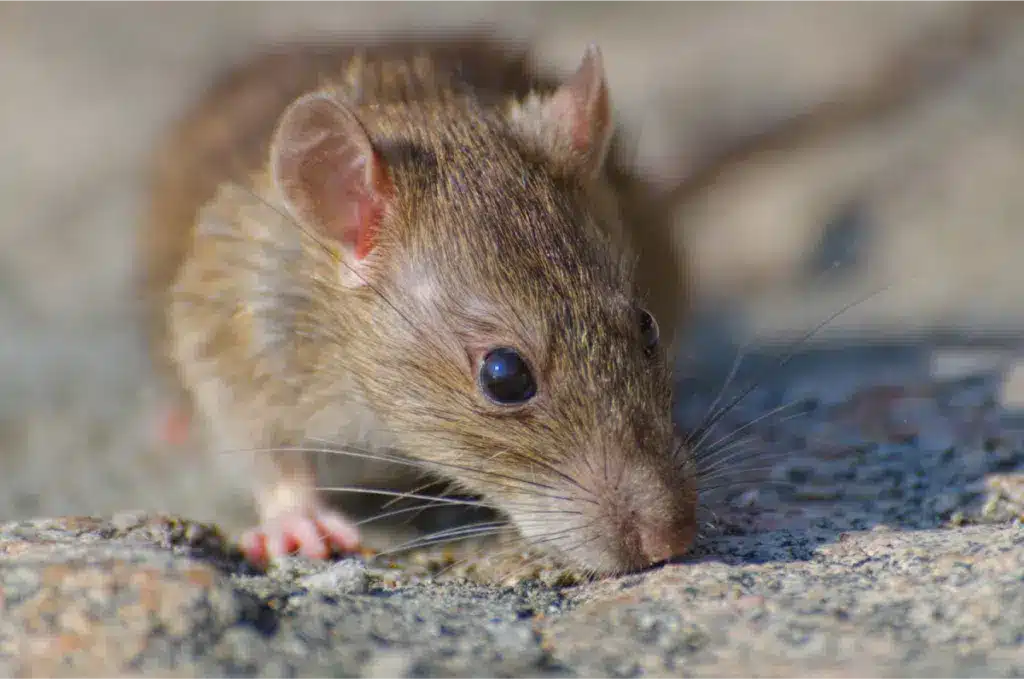
Spider Prevention
Spiders often follow other insects into your home. To get rid of them, keep your house clean and clutter-free. Regularly dust, sweep, and vacuum to eliminate hiding spots. Pay special attention to basements, closets, and pantries where spiders prefer to hide. Consider using cedar mulch or cedar products around your home because this scent can repel spiders.
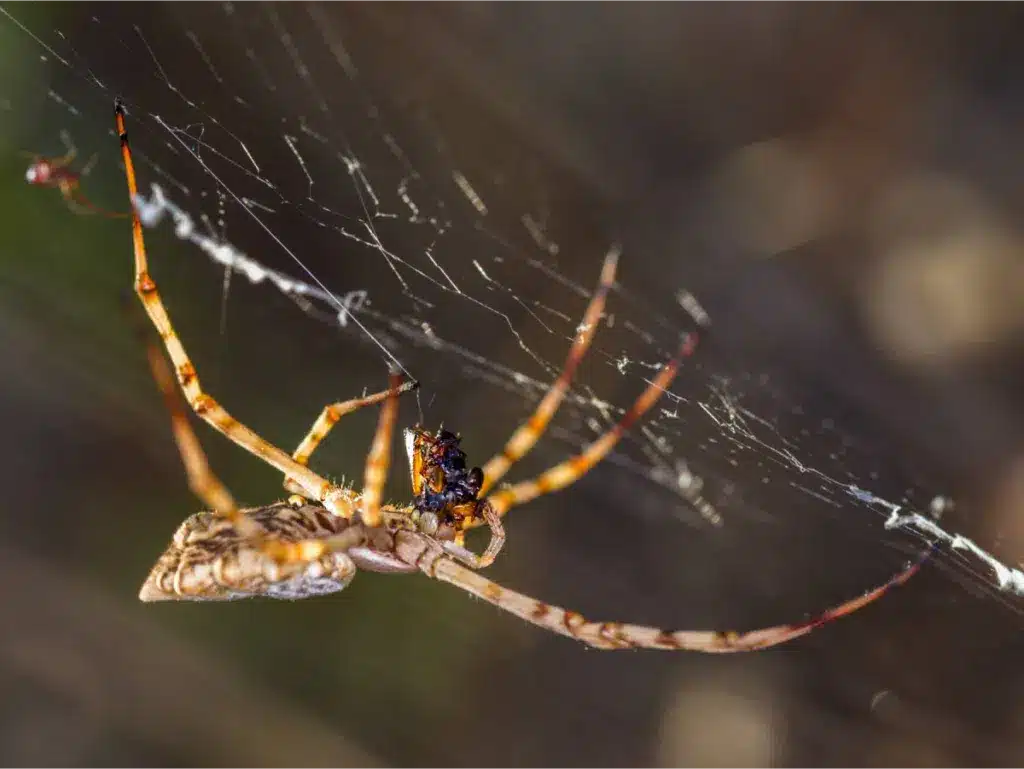
Sealing Entry Points
Inspect your home’s foundation for cracks and seal them with caulk or foam. Check windows and doorways for worn weather stripping and replace as needed. Repair any damaged screens to prevent pests from entering. Don’t forget to examine your roof for gaps or damage, as rodents can enter through loose shingles or flashing.
Winter Pest Protection
Firewood Storage
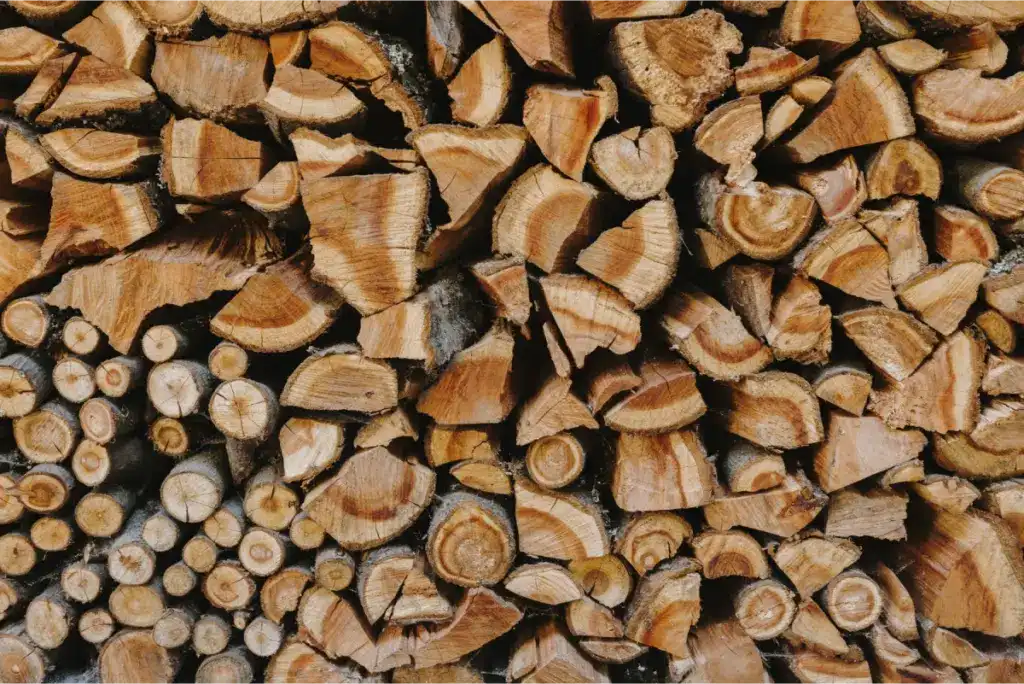
Moisture Control
Many pests are attracted to damp environments. To deter them, address any plumbing leaks and use dehumidifiers in areas prone to moisture such as basements or crawl spaces. Proper ventilation in bathrooms and kitchens also helps control humidity levels.
By focusing on these areas, you can have a more comfortable and pest-free winter in Texas. Remember, consistent pest control efforts are key to maintaining a healthy home environment throughout the changing seasons.Live In A Pest-Free Home!
Effective pest control in Texas requires year-round attention and adaptability. The changing seasons bring different challenges, from termites and ants in spring to rodents and spiders in fall. By following the tips outlined for each season, you can keep your home protected against unwanted pests throughout the year! If you are in need of pest control services, reach out to Bugmobiles!
